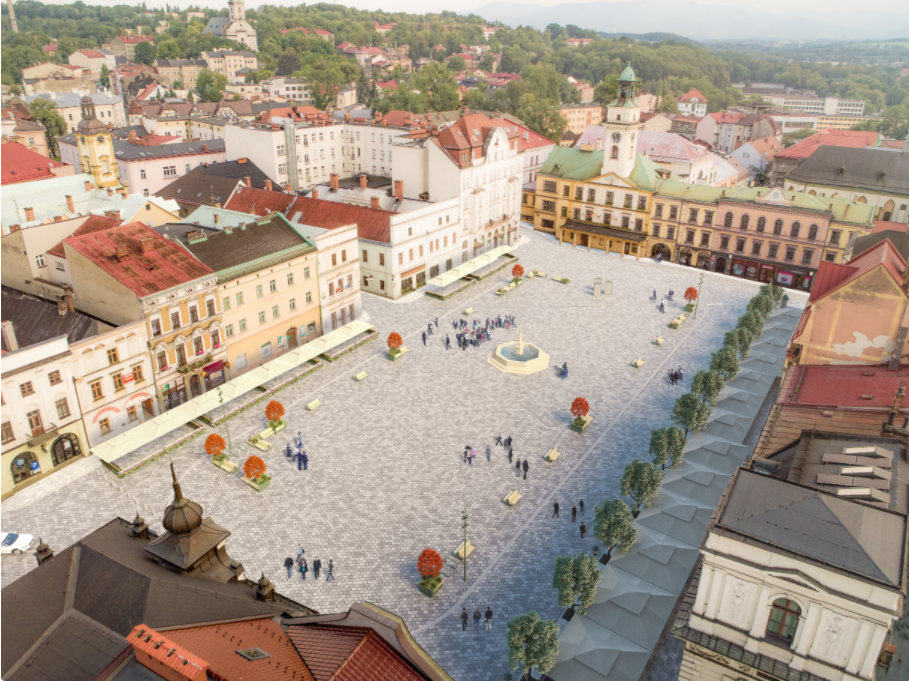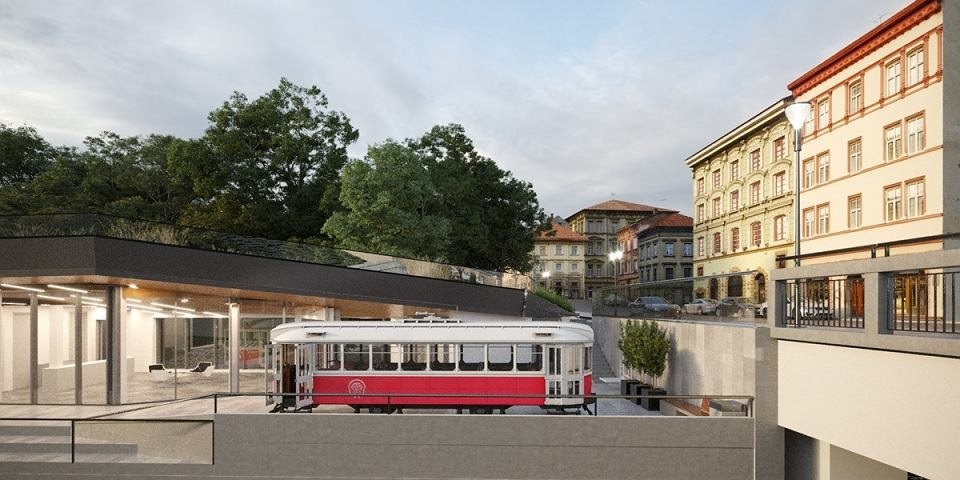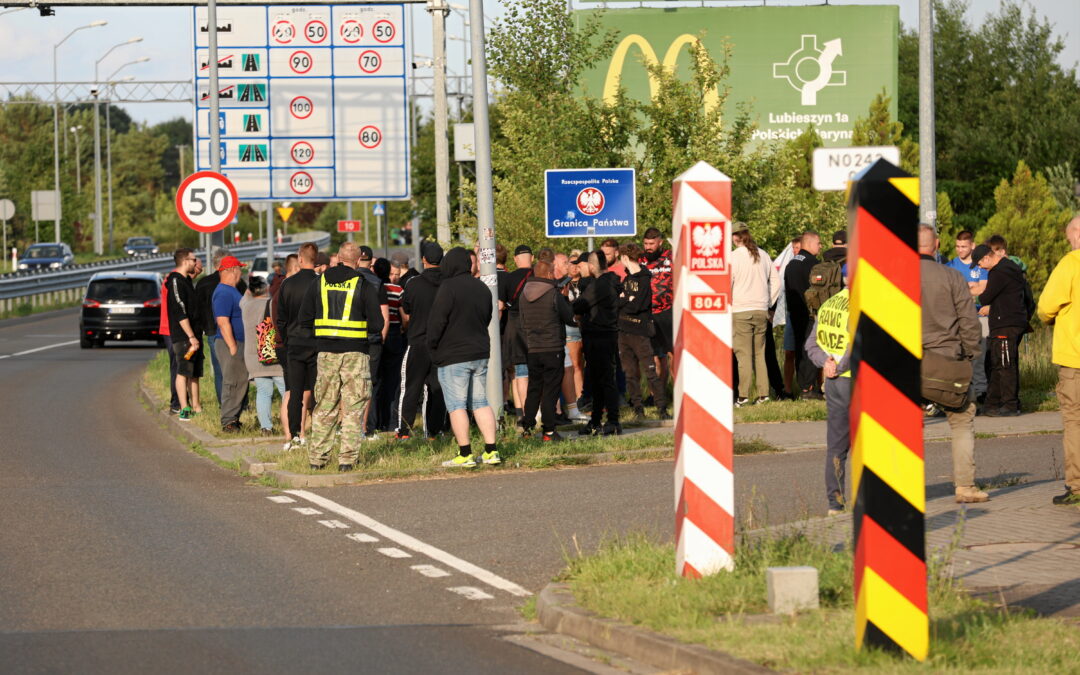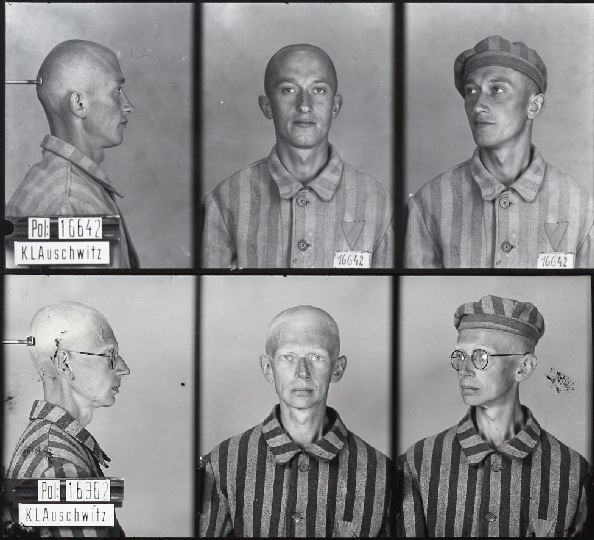The neighbouring Polish and Czech border towns of Cieszyn and Český Těšín, which sit on opposite sides of the Olza river and were previously a single city, are teaming up to symbolically reconstruct an old tram route that ran between them 100 years ago.
The plans are part of a wider revitalisation project to make the border towns more attractive and accessible to tourists, including revamping central streets, installing new features, and renovating an old border post.
As part of the project, the old tram line, which traversed the Friendship Bridge across the Olza, will be symbolically reconstructed, with information boards erected at the location of former tram stops. A replica of a tram car will placed by the river, visible from both the Polish and Czech towns.
A regular passenger tram service ran through the town from 1911, when it was a single entity and part of the Austro-Hungarian empire, known under the German name of Teschen.
However, the line was discontinued in 1921, after Cieszyn/Těšín divided into separate Polish and Czech towns following World War One.
Otóż żyję, choć częstotliwość aktualizacji z różnych przyczyn ostatnio spadła. A teraz specjalnie dla Państwa tramwaj na Moście Głównym!
Opublikowany przez Tramwaje w Cieszynie/Těšínské tramvaje Piątek, 17 lipca 2020
There had been plans to restore the tram line itself. But these were ruled out two years ago on account of their expense and technical difficulty, reports Silesia 24. Instead, a symbolic project was chosen, and is due to be finished by May 2021.
“Construction activities will form the basis for the implementation of an innovative, cross-border tourist product, the aim of which will be to increase tourist traffic in Cieszyn and Český Těšín by commemorating the history of the former Cieszyn tram, whose route used to connect both parts of our city,” said Cieszyn mayor Gabriela Staszkiewicz, quoted in Gazeta Wyborcza.
Last year, the historical tram line was also resurrected in a virtual exhibition, another joint venture between the two border towns. The project consisted of a series of bilingual display cases with archival photographs on both sides of the border, as well as a projection of the tram on a building in Cieszyn.
The upcoming development plans will also include revitalisation of the area around the tram line, including Cieszyn’s market square, in order to help the town “regain its splendour”, said the mayor.
Around 24 million zloty (€5.4 million) will be spent on the project in total, with funding from both towns, as well as support from a Polish national programme for the reconstruction of local roads. A co-financing agreement is also being drawn up to determine how much will be covered by EU funding.

The planned revitalisation of Cieszyn (© Palmett)
The town has in the past been a source of conflict between the Poles and Czechs. After 1918, the newly emerged states of Poland and Czechoslovakia both laid claim to the town, seeking its rich surroundings of coal and rail connections. The two fought a brief war over the region in 1919.
In July 1920, the Spa Conference, a body formed by the Versailles Treaty, came up with a compromise – which was initially disputed by Czechoslovak powers – decreeing that the town should be split, with the smaller western suburbs becoming Český Těšín.
In 1938, the entire town became part of Poland following the annexation of Zaolzie. After World War Two, the 1920 borders were reinstated, leaving Cieszyn in Poland and Český Těšín in Czechoslovakia.
Official cooperation between the towns only began after 1990. In 2007, when Poland and the Czech Republic joined the Schengen area, border checks between the two sides towns were abolished.
Earlier this year, a group of Polish soldiers accidentally crossed a separate section of the border and briefly occupied a chapel on Czech side, setting up a checkpoint outside. The Polish defence ministry blamed the situation on a “misunderstanding”.
Today, both towns bear the hallmarks of their dual national history. Český Těšín is home to the only Polish secondary school in the Czech Republic, and its Těšín Theatre has both Czech and Polish ensembles.
The film festival Kino na Granicy (Cinema on the Border) has also been held on both sides of the border since 1999.
Earlier this year, the towns were torn apart as a result of the coronavirus pandemic, which led to a closure of the border. However, close ties between the communities have persisted.
In March, Poles erected a sign in Czech facing the river, which read: “We miss you, Czechs”. This was soon followed by a response on the other side of the river, this time in Polish, reading “We miss you too, Poles”.
Polish-Czech border in Cieszyn/Těšín
In Czech: We miss you, Czechs
In Polish: We miss you too, Poles
<3 #Poland #Czechia #coronatime pic.twitter.com/1aFHtovIPn— Kinga Stanczuk (@KingaStanczuk) March 21, 2020
Border controls have also had a significant impact on the daily lives of many who commute between the towns for work, school, or family. In April, protests took place at border crossings by individuals and families demanding a loosening of restrictions. The border was reopened in late June.
Main image credit: Palmett.pl

Juliette Bretan is a freelance journalist covering Polish and Eastern European current affairs and culture. Her work has featured on the BBC World Service, and in CityMetric, The Independent, Ozy, New Eastern Europe and Culture.pl.




















